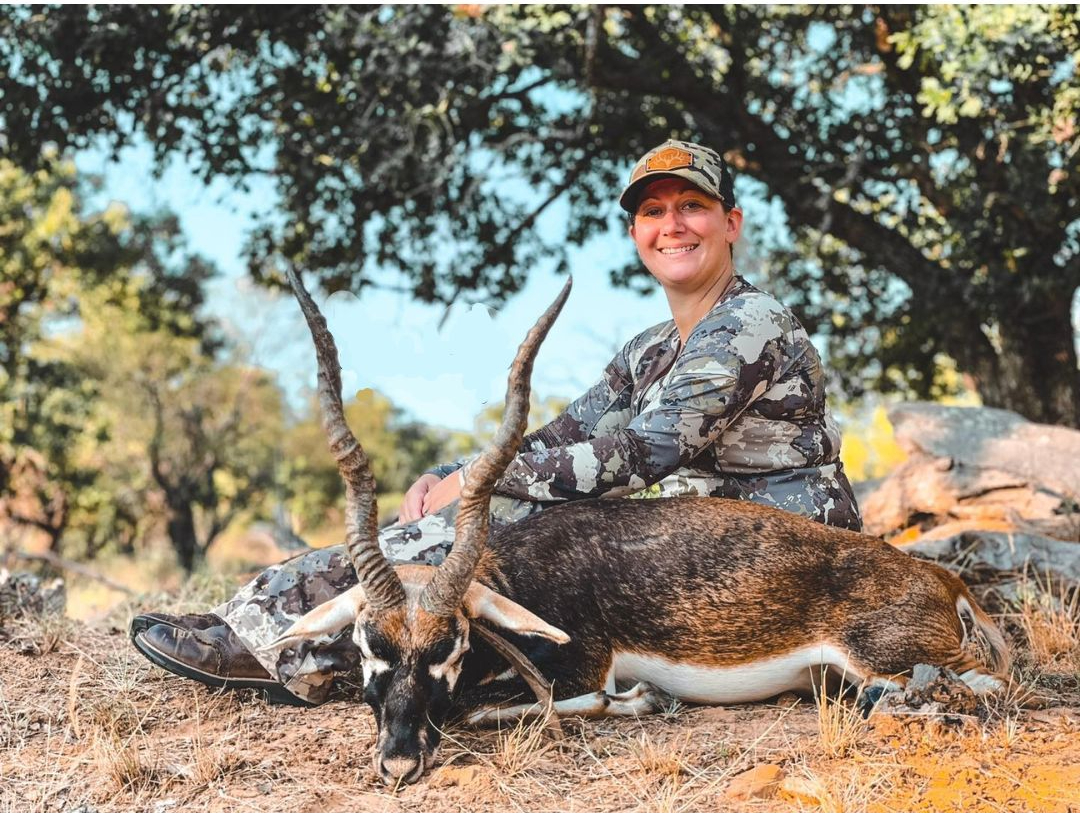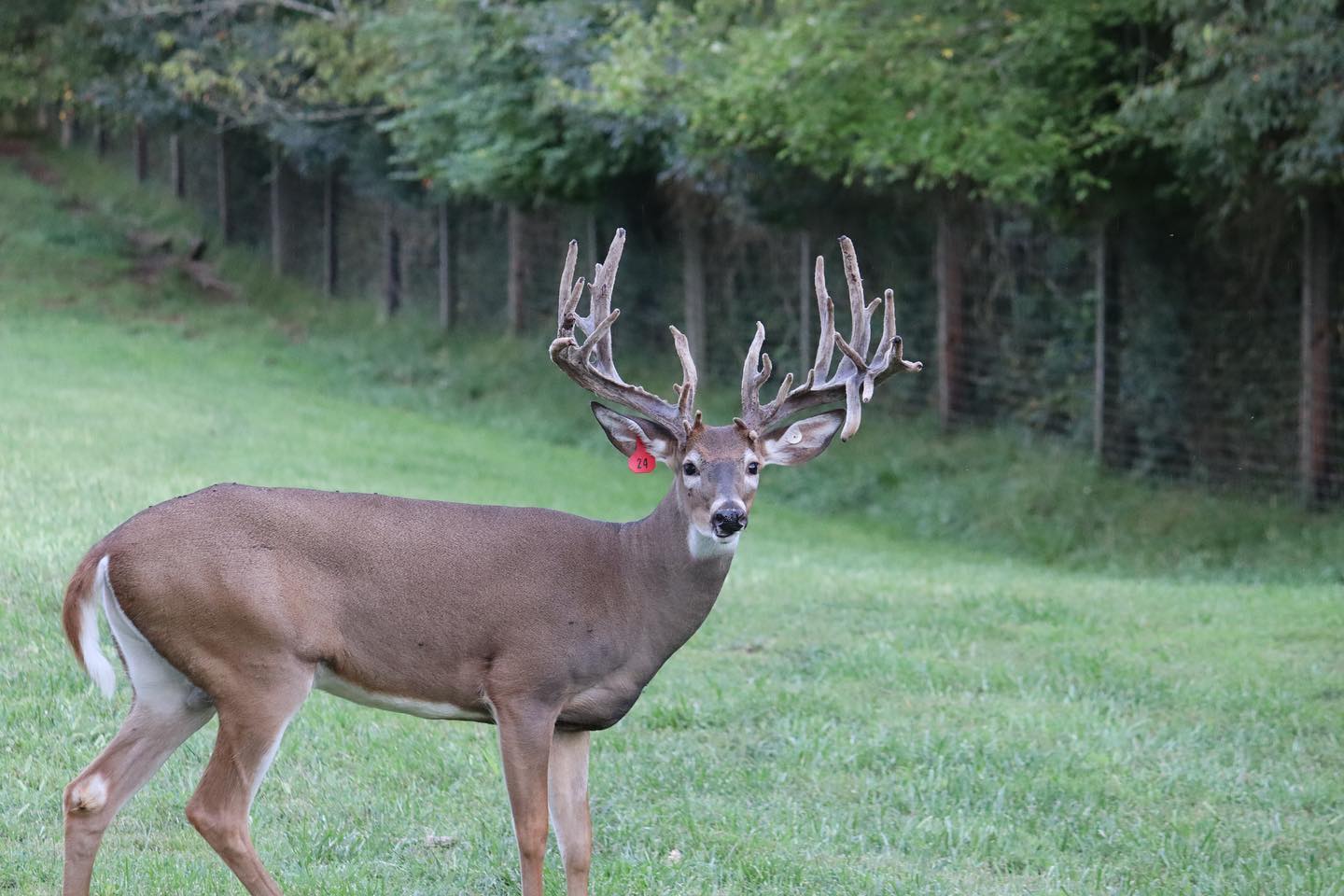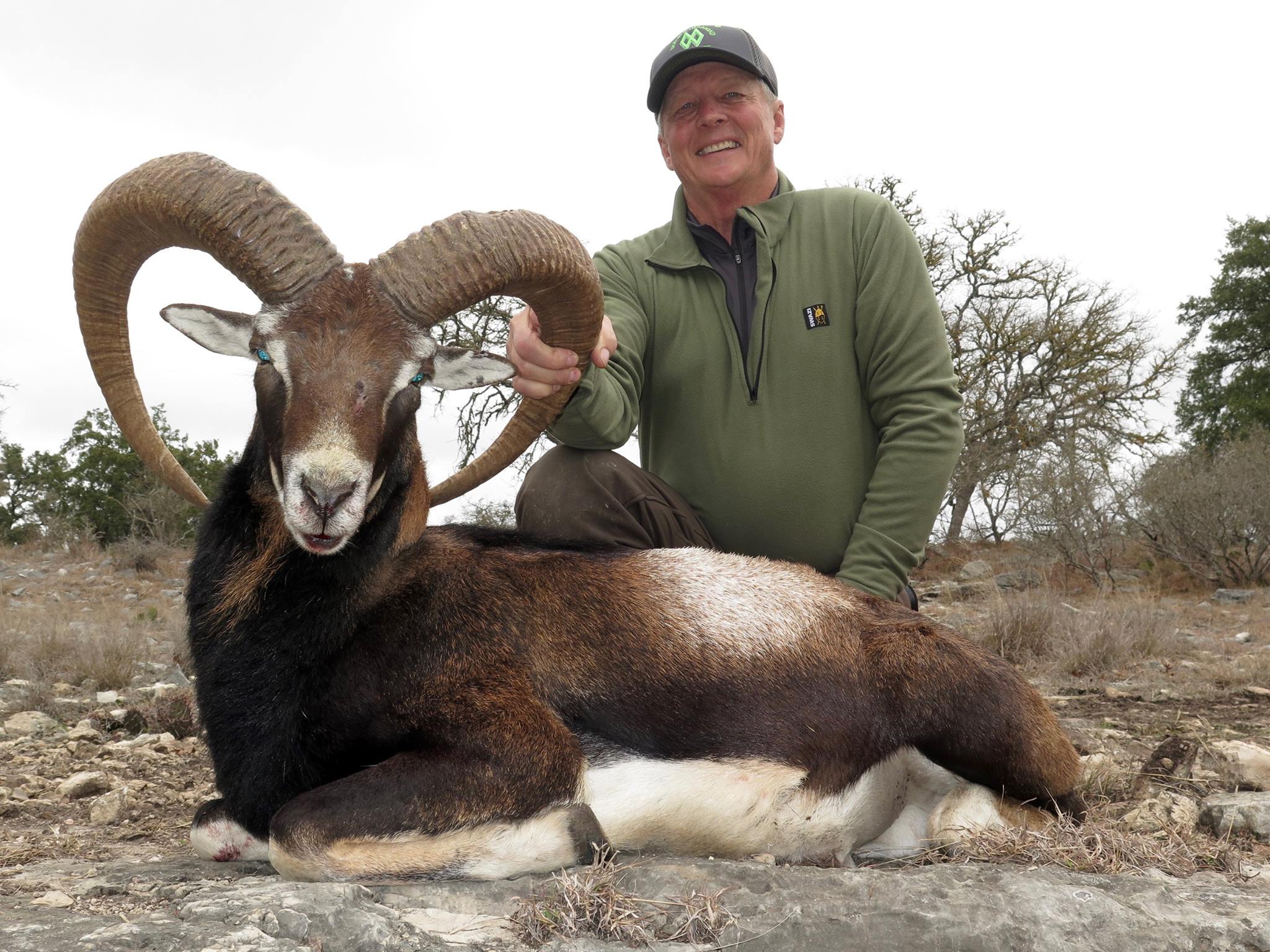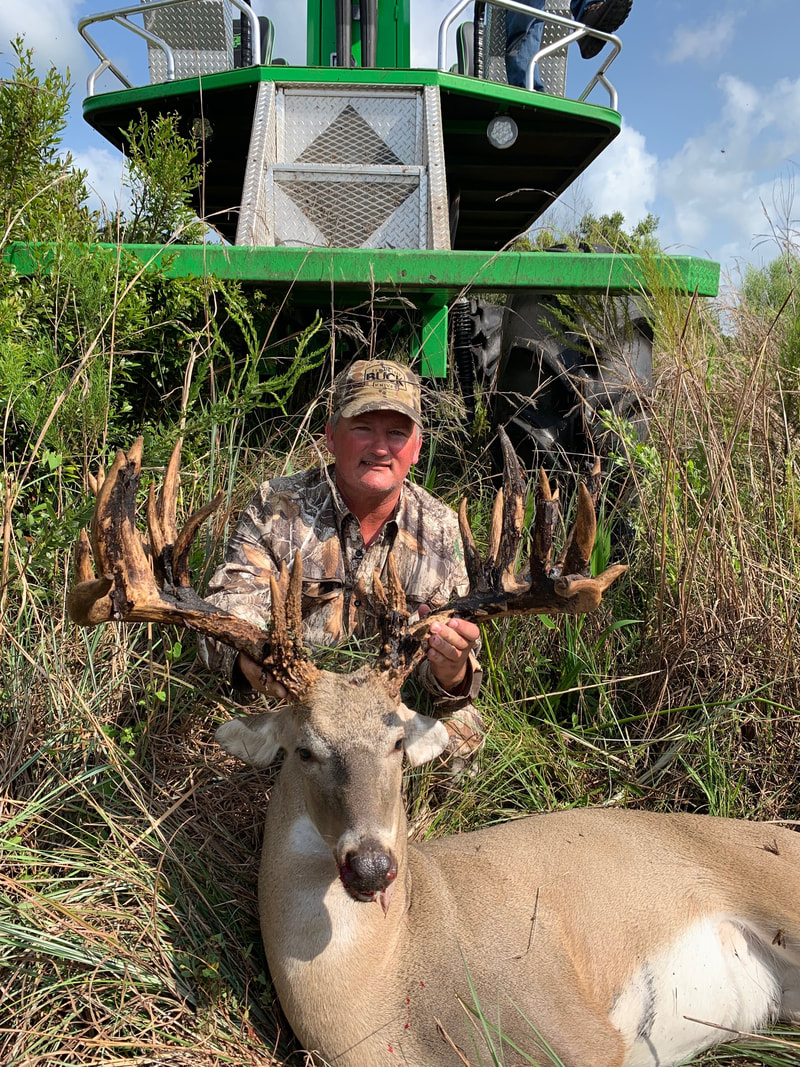High fence hunting is one of the most talked-about – and often misunderstood – topics in the modern hunting world. While some hunters celebrate it for the guaranteed opportunity and high-quality animals, others raise questions about ethics and fair chase.
Whether you’re new to the idea or exploring a future hunt, this guide will walk you through everything you need to know about high fence hunting, including the benefits, ethical considerations, and what it typically costs.
What Is High Fence Hunting?
The Benefits of High Fence Hunting
Ethics of High Fence Hunting
How Much Does a High Fence Hunt Cost?
Who Is High Fence Hunting Right For?
What Is High Fence Hunting?
High fence hunting takes place on private land that’s enclosed by a tall fence – usually eight feet or higher -designed to keep game animals contained within a specific area. These properties range from a few hundred to tens of thousands of acres and are carefully managed by landowners and outfitters.
Unlike public land or free-range hunts, the wildlife in high fence operations is intensively monitored, often with the goal of improving trophy quality, animal health, and hunter success rates.
Credit: Blackbuck Hunt / Brady / Texas
The Benefits of High Fence Hunting
High fence hunting isn’t just about convenience. It offers real advantages for both hunters and wildlife. Here’s why many hunters choose high fence operations:
1. Guaranteed Opportunities
While nothing in hunting is ever truly guaranteed, high fence hunts come closer than most. Outfitters work hard to ensure that clients have access to game – and the success rates are typically much higher than on public land hunts. This is especially appealing for:
-
New hunters
-
Youth or mobility-restricted hunters
-
Anyone on a tight schedule
Looking for a hunt with a high chance of success? Browse Venku’s high-success hunts here.
4. Unique Species
In states like Texas, high fence ranches are home to more than 120 exotic species – including Axis deer, Blackbuck, and Scimitar-horned Oryx. Many of these hunts are available year-round.
Explore Texas exotic hunts here.
2. Better Game Management
Private landowners can monitor animal health, control populations, and balance sex ratios. That often means:
-
Mature bucks or bulls with impressive antlers
-
Healthier herds with strong genetics
-
Sustainable harvest plans based on data
This kind of management is difficult to achieve on open public land, where pressure, poaching, and natural predators are less predictable.
3. Trophy Potential
Because animals are allowed to grow to full maturity with less stress and better nutrition, high fence operations frequently produce record-class animals – especially for whitetail deer, elk, and exotic game.
Want a look at what’s possible? Check out trophy whitetail hunts on Venku.
Ethics of High Fence Hunting
The ethics of high fence hunting are often debated, but much depends on the size of the property, the species hunted, and how the hunt is conducted. Here are some common concerns – and how responsible operations address them:
1. Fair Chase
Critics argue that hunting confined animals removes the concept of fair chase. But on large, well-managed properties (especially those 1,000+ acres), animals still behave naturally, and hunts require glassing, stalking, and well-placed shots – just like free-range hunting.
2. Animal Welfare
Poorly run high fence operations may prioritize profit over ethical treatment. But reputable outfitters invest heavily in animal health, habitat, and stress reduction. If you’re booking a high fence hunt, ask:
-
How large is the property?
-
What’s the animal’s daily range?
-
Are animals fed or baited near stands?
3. Canned Hunts
“Canned hunting” refers to shooting animals in small enclosures where escape is impossible. Most ethical hunters – and outfitters – reject this practice entirely. Always do your homework, read reviews, and book through a trusted platform like Venku to ensure a fair and responsible experience.
Want to learn more about choosing the right outfitter? Read our guide on Booking a Guided Hunt the Right Way.
How Much Does a High Fence Hunt Cost?
High fence hunts vary widely in price based on location, species, and trophy quality. Here’s a general breakdown of what hunters can expect to pay:
| Hunt Type | Price Range |
| Axis Doe (meat hunt) | $750 – $1,500 |
| Trophy Axis Buck | $2,500 – $4,500 |
| Whitetail Buck (150”-200”+) | $4,000 – $12,000+ |
| Blackbuck Antelope | $2,000 – $3,500 |
| Scimitar-horned Oryx | $3,500 – $5,500 |
| Elk (300″ – 400″+) | $6,000 – $15,000+ |
Prices often include:
-
Lodging and meals
-
Guide services
-
Field dressing and basic taxidermy prep
Some packages even offer no-kill, no-pay policies.
Want to browse by budget? Try hunts under $2,000.
Who Is High Fence Hunting Right For?
High fence hunts aren’t for everyone – but they’re a great option if you:
-
Have limited time to hunt
-
Want a higher chance of success
-
Are introducing someone to hunting
-
Are chasing a specific trophy or species
-
Prefer a controlled and safe environment
They’re also ideal for meat hunters who want to fill the freezer quickly with healthy, pasture-raised animals like Axis deer or Fallow.
High fence hunting offers real benefits – especially for hunters looking for well-managed game, higher success rates, and access to unique species. While it’s important to acknowledge the ethical concerns, many reputable outfitters are committed to creating authentic, challenging, and ethical hunting experiences.
When booked responsibly, a high fence hunt can be just as meaningful and rewarding as any free-range adventure.
Ready to book your next high fence hunt?
Browse available trips and read verified reviews on Venku.com—your marketplace for authentic outdoor experiences.




